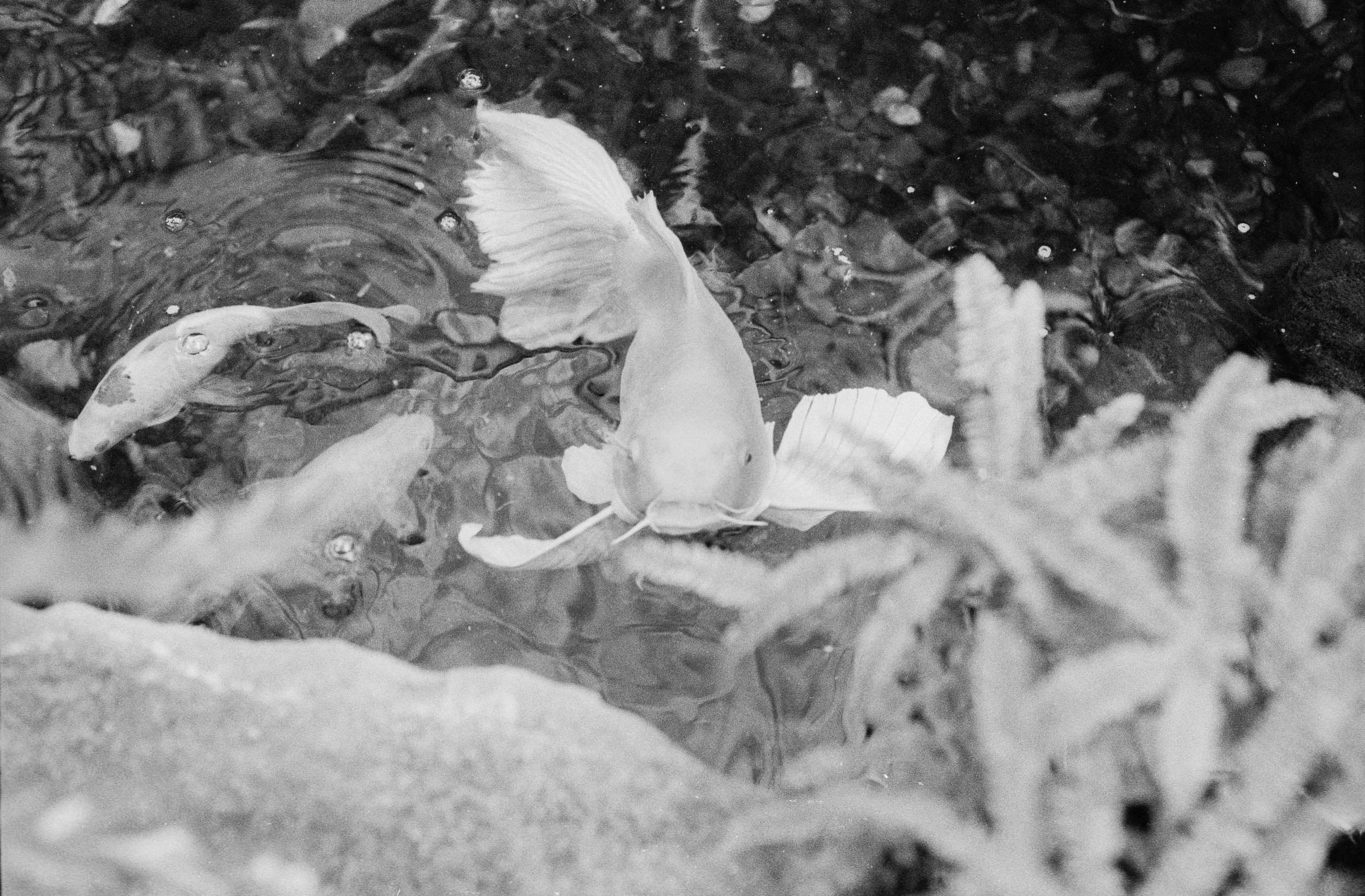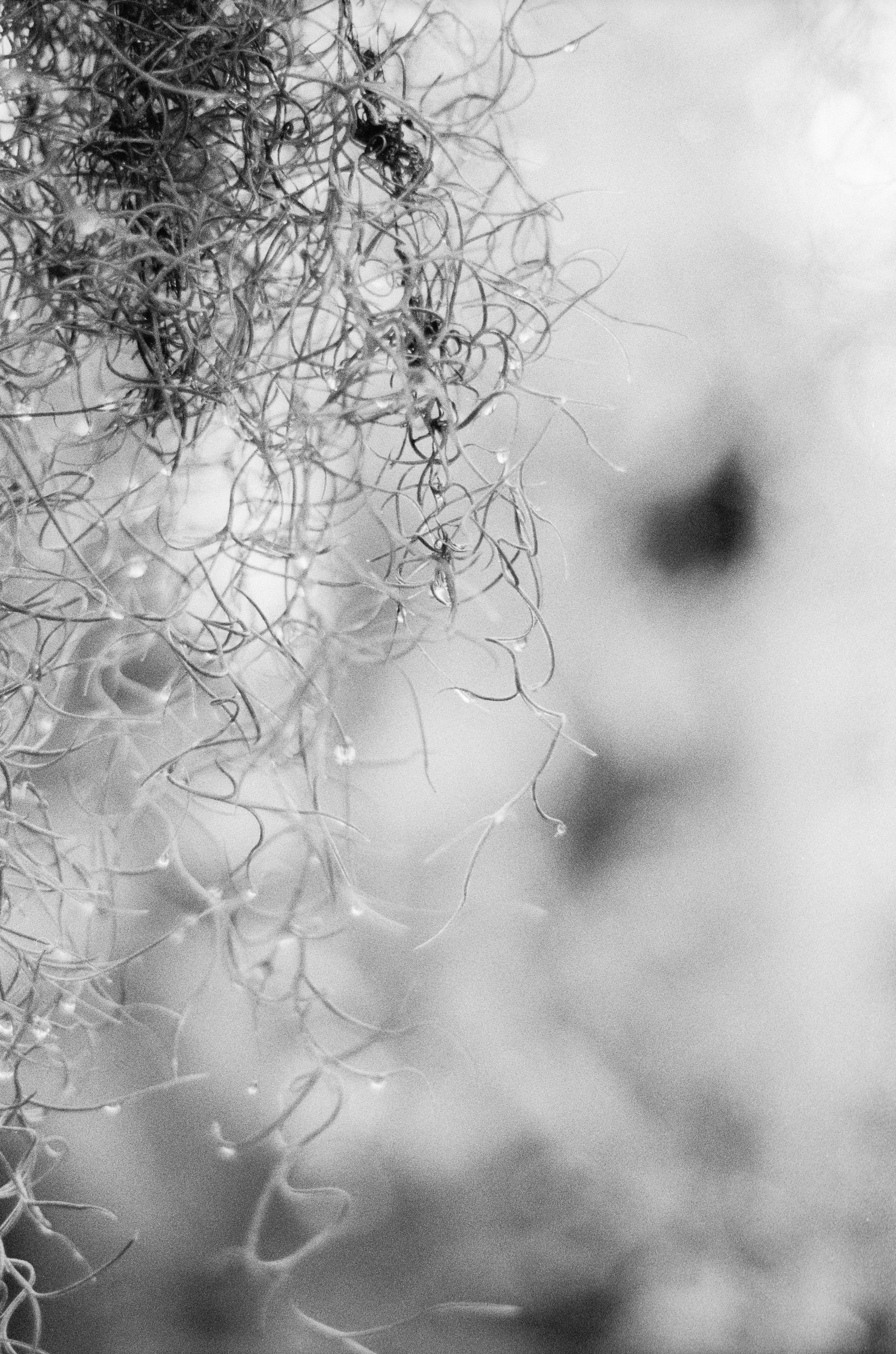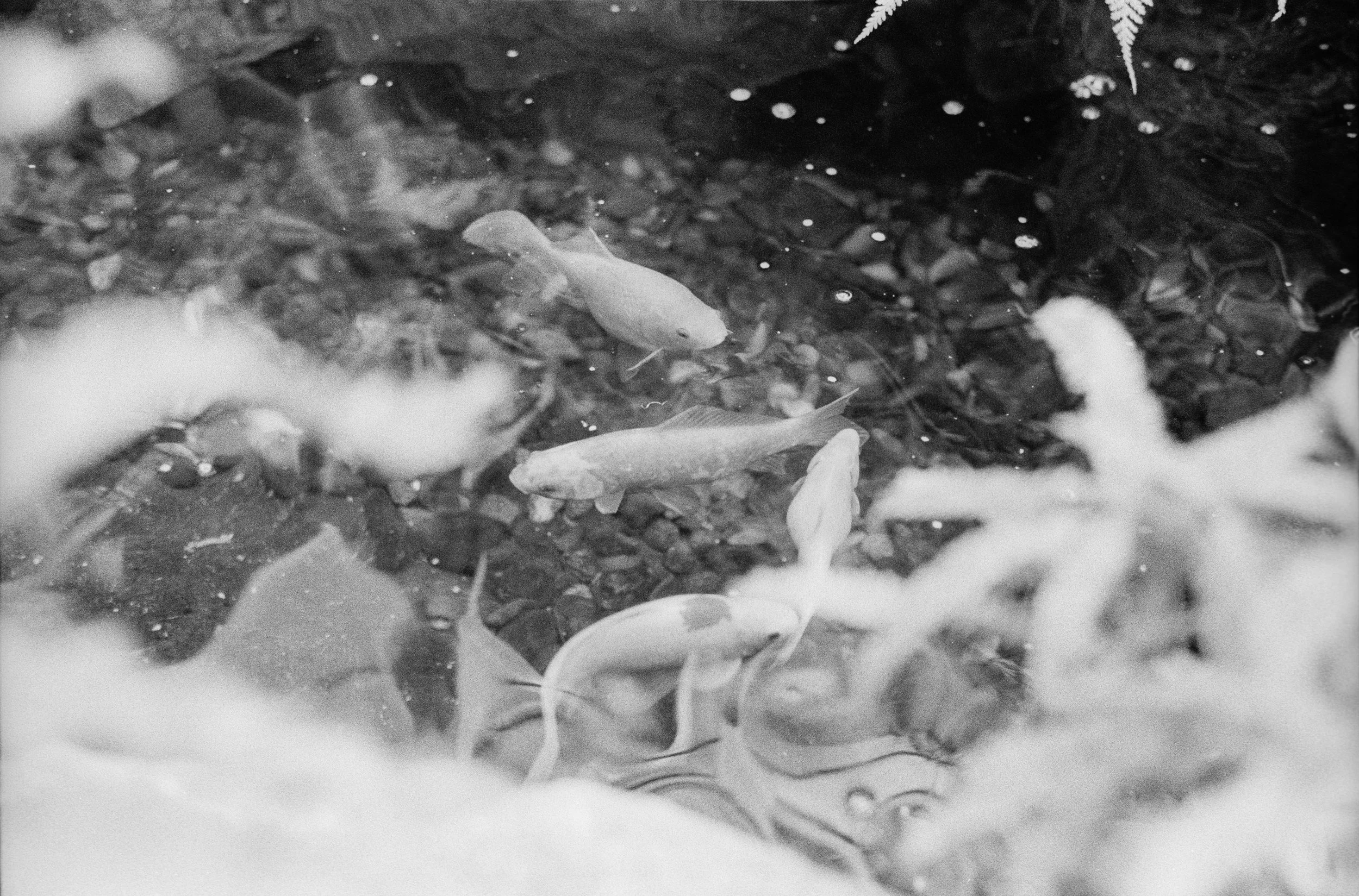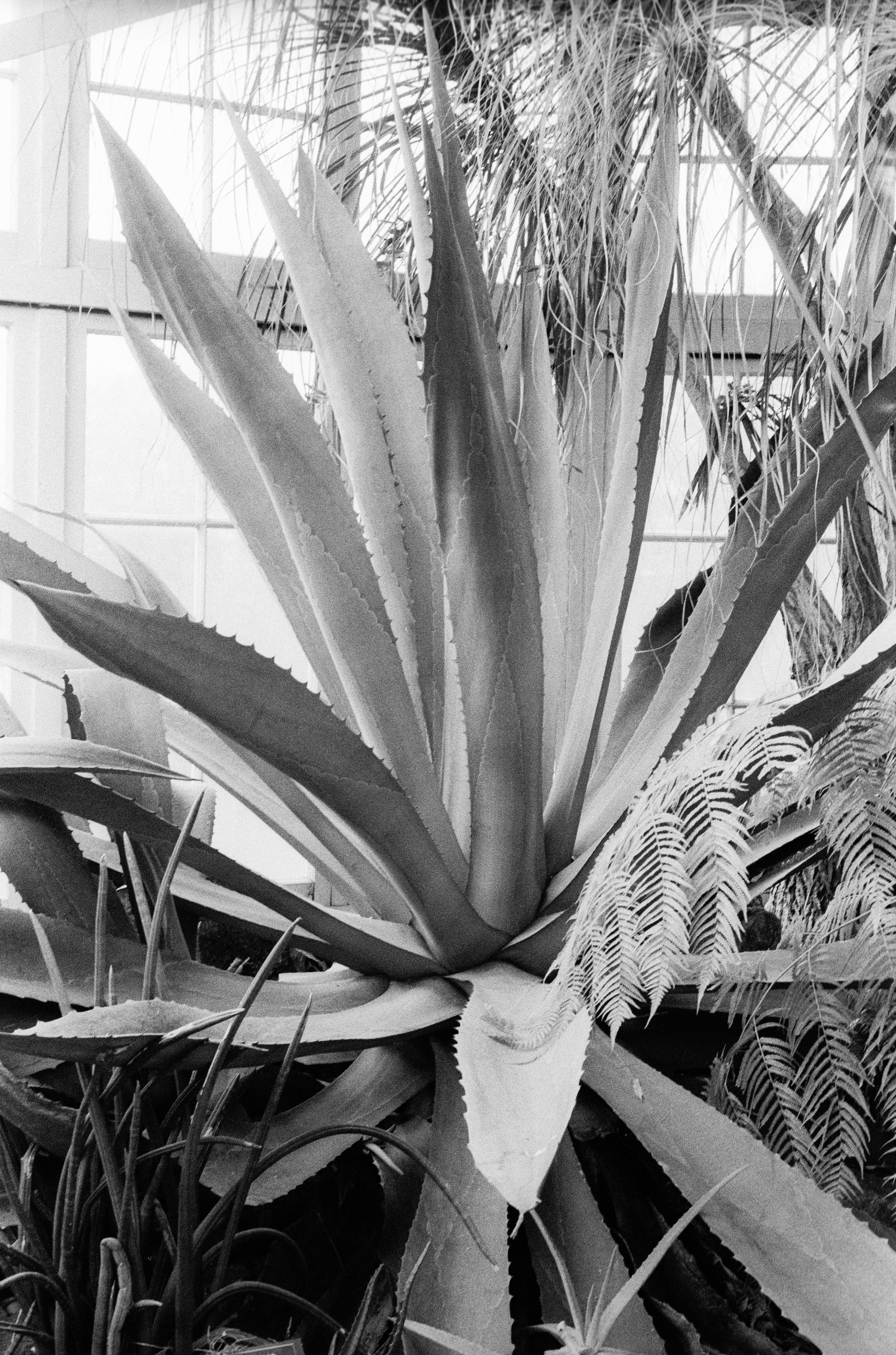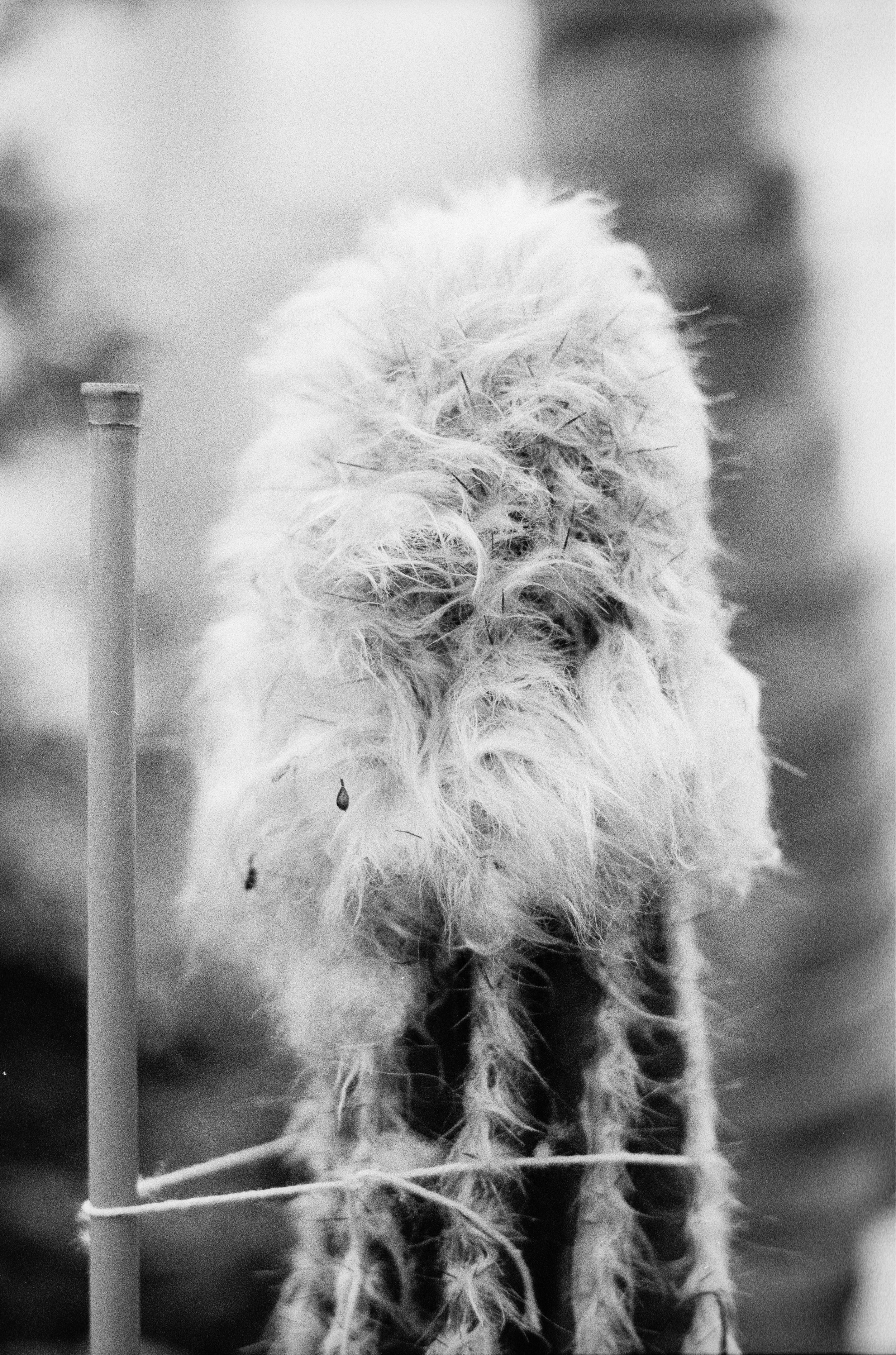My main, every day use lens for the past few years has been the Sony 24-70mm f/2.8 GM. This lens is on my camera body 99% of the time and is my go to for a one body and one lens setup. That being said, it is still relatively large and there are times that I don’t want to carry it around. For a paid job? No problem. I’ll deal with the size and weight all day, if I was making some money. But sometimes when I’m just walking around and want to bring a camera along with no pressure to take any photos, this can be a hassle. So, I’ve been in the market for a smaller and lighter weight lens. That’s why I picked up the Samyang 35mm f/2.8 autofocus lens for the Sony E-mount.
I’ve been using this lens for a few weeks now and want to share with you some of my thoughts as well as some samples from the various occasions that I’ve had the chance to use this lens. I just want to make it clear that this is not a pixel peeping review. I did not shoot test charts or go out and purposely try to find imperfections like chromatic aberration or distortion with this lens. I just shot it how I normally would and if I noticed something, I’ll mention it. Remember, the things that I say are my personal opinions and are based on how I used this lens. Your mileage may vary.
It should be noted that there is both a Rokinon and Samyang version of this lens. These are essentially the same company that produces some of the same lenses. I personally bought the Samyang version because it’s typically cheaper, but if you’re interested in the Rokinon version, just know that it is the same as the lens that I’m reviewing.
Construction
Although retail price for this lens is $399, it regularly sells for around $250. Let’s face it, just based on the price, you shouldn’t really be expecting amazing construction quality or premium build materials. This lens is made out of plastic and there is really no questioning of that. To be honest, the first time that I picked this lens up from the case, I thought to myself that “Man, this feels like crap.” You can tell right away that it’s made out of plastic and it’s not like one of those things that are made out of plastic but the manufacturer finished it in a way that the surface is kind of cold and feels like metal. No, this feels as plastic as plastic can feel. But again, for the price this is kind of expected.
One thing that I do want to mention with this lens is the hood. I actually really like the design of the hood in concept. How well it works? I can’t say considering that it’s so small, but it looks good and is a great cosmetic design. My problem with the hood however, is its fitment. It is very lightly held in place and takes little to no effort for it to come off. Just the slightest bump and it could possibly fall off. I feel that through my normal use of the lens, I constantly have to re-tighten the hood because I see it unscrewing after almost every shot. I’m actually thinking of just adding some tape between the hood and lens just to make the fitment tighter. Hopefully, this will help.
Again, this is a lens that regularly sells for around $250. Don’t expect the world of it. However, if you purchase it with reasonable expectations, I think you’ll be quite satisfied because the cheaper materials do make this lens very light. Sitting at 85.6 grams, this is without a doubt the lightest lens that I’ve ever held in my hands (that actually performs well). It feels like I just have the lens cap on the body and that’s great for what I was looking for, a small, compact and lightweight lens. A complete winner in that sense.
AutoFocus
Considering that this is a third party autofocus lens for Sony E-mount, you’re probably wondering how well the autofocus performs. Again, I didn’t do any scientific tests so what I’m about to say is strictly an opinion. That being said, I’m completely satisfied with AF performance because it gets the job done and that’s about it. For the most part, it just works.
Samyang 35mm f/2.8 AF Photo Mode AutoFocus
Samyang 35mm f/2.8 AF Video Mode AutoFocus
In testing this lens, I took it to The Needle Lounge, a tattoo shop in Lakewood, WA to take some environmental portraitures of the artists at work. I wanted to specifically mention this shoot because one thing that I noticed during this shoot was this lens’ issue with eye autofocus and the fact that it was nonexistent. I could not get eye AF to work with this lens and my Sony A7RIII. Face detection worked but Eye AF just did not activate no matter how the subject was situated, facing straight towards the camera or slightly turned. Because of this, I spent the majority of the shoot manually focusing on the eyes and that gave me good results. When I got home, I did some quick internet searches and found that this lens could indeed use Eye AF. So, I went back to The Needle Lounge to specifically test for the Eye AF functionality. The second time around, Eye AF detected the eye without a problem, even when the head was turned at an extreme angle. So at this point, I don’t know what to say about Eye AF. Is it available? Yes, but from experience, I do have my reservations about it.
Samyang 35mm f/2.8 AF Eye Autofocus
Something that I do want to bring up with the autofocus of this lens is the noise that it makes because that can be audible in specific situations. The first time that I mounted this lens, I had my A7RIII in AF-S, so the camera only attempts to acquire focus on a single subject per AF activation. When I did this, I noticed a noise coming from the lens. Turning the camera around and looking at the lens when activating autofocus shows that this lens opens the aperture wide open when autofocusing and closes back it down when focus is acquire. This opening and closing of the aperture is where the noise that I noticed was coming from. This is only something that you notice when you have the aperture at anything other than wide open because if you’re at f/2.8, the lens won’t have to open the aperture because it’s as open as possible with this lens.
Another situation where I’ve noticed the AF noise is when the camera is using AF-C or continuous autofocus in video. If you’re using these setting, you can hear the autofocus motor in the lens continuously moving. I personally don’t think that this is a problem because I can’t hear the noise when the camera is more than a foot away, even in a really quiet room. You really have to be right on the lens to hear it but if for some reason you have a mic directly on the lens, the mic may pick up the noises up.
Image Quality
4K Video Sample with the Samyang 35mm f/2.8 AF
Finally, let’s look at some image samples taken from this lens. Again, I’m not much of a pixel peeper but I will say that I did notice the sharpness of this lens. For something so cheap, I’m quite surprised at how well this lens performs in terms of sharpness. I can easily make out the details on the artist and fine details like the individual lines of a tattoo.
The bokeh from this lens is also quite nice. For a 35mm f/2.8 lens, you can get some pretty decent background blur, but this is not in comparison to any other lens. We are only looking at this lens independently and I personally believe that the bokeh is quite nice considering the specs of this lens.



















Conclusion
At the end of the day, this a cheap lens that regularly sells for $250. With that in mind, I think that this lens provides such great value and performs above and beyond everything that I expected. Not only does it provide me with the small and compact lens that I wanted, but it does it with surprisingly good results.
If you’re interested in this lens, then I’m sure that you know about it’s Sony counterpart, the Sony Sonnar T* FE 35mm f/2.8 ZA Lens. This is the original E mount compact lens from which we can probably assume Samyang got its inspiration from. I’ve seen some reviews comparing the Samyang vs. Sony lens and although most comparisons will say that the Sony has a slight optical and build advantage, you have to ask yourself if it is worth paying more than 3 times the price? For me, it is not. I originally wanted the Samyang as a backup to my Sony 24-70mm GM. I don’t expect to be using this type of lens that often, so there is really no point in investing in the Sony 35mm. I’m perfectly happy with what the Samyang provides me, especially for the price.
If you’re interested in a small, lightweight and compact lens that autofocuses for the Sony E mount system, then I can’t recommend the Samyang 35mm f/2.8 AF enough. Pick one up and try it out for yourself. I think that you’ll be surprised at what this little lens can do.
Affiliate Links
Samyang 35mm f/2.8 AF FE Lens for Sony E https://amzn.to/2t5IBen
Rokinon 35mm f/2.8 AF https://amzn.to/2DcjOd6
Sony Sonnar T* FE 35mm f/2.8 ZA https://amzn.to/2SukjZL
Want to support my work?
Consider visiting the shop and buying "Absolutely Nothing" https://www.HaiHoangTran.com/shop/absolutely-nothing
or
Become a Patron!
https://www.patreon.com/HaiHoangTran



























